News
Rebutting “Post Horror” as the Nonsense It Is
By now, most of you have either read or heard about a recent article in The Guardian from the U.K. in which Steve Rose, the writer, supposes that a new sub-genre of horror is emerging. He called it “post horror”, and it has garnered quite the reaction in horror circles. Horror journalists have weighed in on the subject. Horror fans have rolled their eyes and written him off. And “horror hipsters”, as I like to call them, are waiting with bated breath to see if the term will catch on so they have something else to look down their noses at everyone else about.
I’ll admit that upon my first reading of the article, I had the same gut reaction that many fans had.
“Who is this guy?” I thought to myself. “Has he seen more than a handful of horror movies in his life?”
The thought was echoed by several writers on the iHorror staff.
Others echoed the same point of view, and many said that it wasn’t so much what the writer said, but rather the tone he took while discussing horror that was his offense.
There’s little doubt that the writer was looking down on horror fans from his perceived lofty heights while he discussed a “new sub-genre” that was taking over cinemas. Essentially, he states that new films like The Witch and It Comes at Night and A Ghost Story, which center on dread and internalized horror rather than jump scares and standard horror tropes are the next best thing, created for a more thinking and sophisticated audience, and are really better than anything that the genre has produced. And then he dropped that term that made my eyes roll back in to my head.
Post Horror. Wait, what?

Production Still from It Comes at Night
A few things became obvious to me in successive readings of the article. Mis-steps were made in this writer’s logic and I feel it necessary to point a few of them out.
First of all, let’s discuss audience reactions to horror films. Mr. Rose begins his article by discussing the vocal, negative response to the newly released, It Comes at Night pointing out numerous reactions he read that point out how terrible the movie was, that it wasn’t scary, that it was boring and they had wanted their money back after watching. Now, Mr. Rose may not have been writing about the horror genre for as long as I have, or he simply hasn’t availed himself to read the comments on basically any article written about any horror film since some genius decided a comments section was THE thing that online media needed, but this is true of almost every single movie I’ve seen released. Oh sure, there are exceptions, but they are few and far between and even the most lauded and loved movies among horror fans have a rather vocal group of naysayers waiting in the wings to spill their vitriol over anyone who dares write a positive article.
In other words, Mr. Rose made an all too common mistake in the 21st century. He confused the most vocal with the majority. No one yells louder than a troll and if he’s spent any time as a journalist online, he should know that.
Second, Mr. Rose seems to imagine there is not so much a line as there is a wall in the sand that would somehow hinder a person who likes a film like the ultra-violent masterpiece The Collector from also enjoying one of his “post horror” picks, and of all the elitist statements made by the writer, I think this one stands out the most. With the broadest of paintbrushes he colors horror fandom as an unsophisticated rag tag group of individuals too stunted to appreciate the complexities of the films he’s describing.
This is nothing new on the surface. For years, debates have raged as to whether horror novels can be considered good literature or whether a horror film can truly be called socially relevant. I have sat in college courses where a professor has lauded Kakfa’s Metamorphosis while summarily dismissing The Fly when I brought it up in the course of class discussion.
This is a subject I could and would go on about for hours but we have other points to discuss. It is interesting to note however, that classic films like Don’t Look Now and Rosemary’s Baby had elements of both styles he’s comparing. In fact, Don’t Look Now has one of the greatest jump scares I’ve ever seen.
I think the most puzzling paragraph in Rose’s editorial came toward the end. Building from a quote by Trey Edward Shults who made It Comes at Night, in which the director said, “just think outside the box and find the right way to make a movie for you”, Rose then goes on to discuss the big profitability and mass appeal of both Split and Get Out, both box office gold in the last year. He then writes that studios are looking for more of this mass appeal which will obviously result in more movies about “supernatural possession, haunted houses, psychos, and vampires”.
Did he even see Get Out? I suppose you could argue that Split was about a psycho, but to do so, you’d have to set aside a large portion of that big brain intellect that man had been discussing through the article.

The truth is those two movies had plenty working against them from the beginning and it was impossible to determine how well they’d perform. Think back on how many horror films with a black leading man that we’ve seen. Possibly three come to mind and only one of them Night of the Living Dead has had the staying power to become a classic. Night was an independent film full of commentary about the role of race in the U.S., by the way, and horror fans seem to like that one just fine. Meanwhile, Split had the name M. Night Shayamlan working against it. The director, who has made a host of incredible films, is almost anathema in the horror community for reasons that are beyond me. One need only bring up his name in a horror forum to bring out every troll in the world to roast your bones over an open fire.
What these films had were intelligent stories told through stellar acting that were simultaneously terrifying. They have, essentially, everything he says are lacking in mainstream horror films that we can only truly find in his “post horror” films.
And yet, somehow, Rose mysteriously reports them as mainstream movies who fit the established, rigid norms that poor independent filmmakers have to operate inside of to find success. He further bestows them with great power in his final statement:
“There will always be a place for movies that reacquaint us with our primal fears and frighten the bejesus out of us,” Rose writes. “But when it comes to tackling the big, metaphysical questions, the horror framework is in danger of being too rigid to come up with new answers – like a dying religion. Lurking just beyond its cordon is a vast black nothingness, waiting for us to shine a light into it.”
Sounds rather bleak, doesn’t it? What shall we do if only a few have the power to save the genre from certain death?
Well, first we all relax. There is no such thing as “post horror”. Horror is not dead. It is thriving and offering us new and frightening films to watch every year. In fact, “post horror” is a complete misnomer, despite the hard work I’m sure Mr. Rose put into coming up with it.
What he is actually referring to would better be classified as “arthouse” or simply independent horror. Those filmmakers who are in the trenches making movies that scare us with no promise of wide distribution or acceptance are, in many cases, some of the best and brightest in the genre today, and I think we should support them by buying their movies and vocally supporting the ones we love.
I loved The Witch. It made me hold my breath and terrified me. I’m also a fan of any number of films featuring jump scares, masked killers, and things from another world. There is room in this genre for both, and sitting on the outside commenting about how one is better than the other simply by their budgets, subject matter, or artistic flair is ridiculous while verging on elitist pomposity. All the artistic shots and lighting in the world cannot rescue a badly made movie. All the terrifying monsters in the world can’t save a bad script.
The question that every horror fan in the world wants answered is: Will it scare me? And it’s the only question, ultimately, that matters.
Listen to the 'Eye On Horror Podcast'

Movies
New ‘MaXXXine’ Image is Pure 80s Costume Core
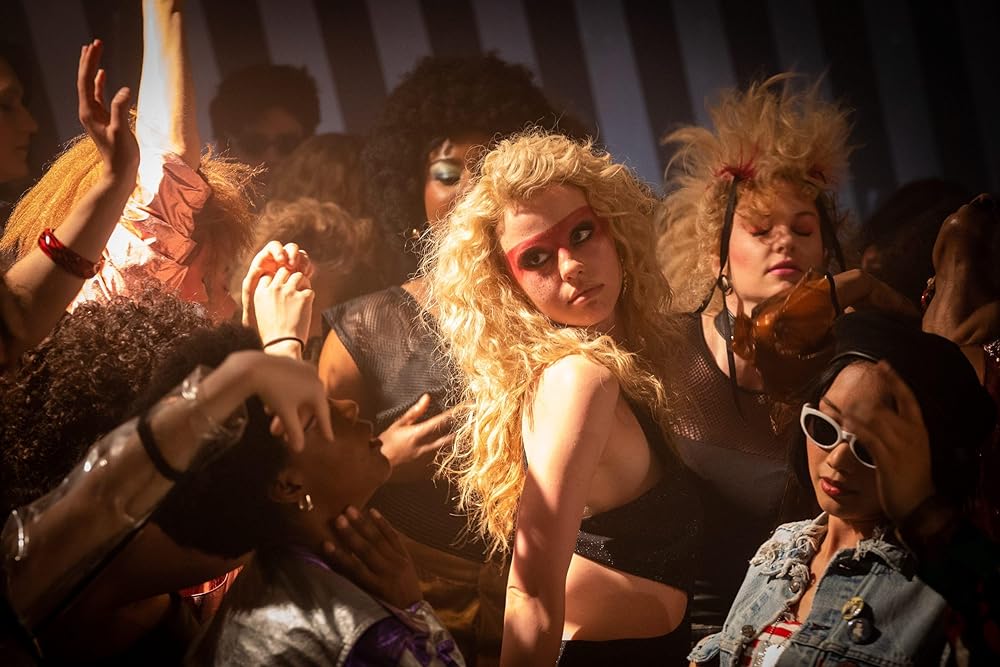
A24 has unveiled a captivating new image of Mia Goth in her role as the titular character in “MaXXXine”. This release comes approximately a year and a half after the previous installment in Ti West’s expansive horror saga, which covers more than seven decades.
His latest continues the story arc of freckle-faced aspiring starlet Maxine Minx from the first film X which took place in Texas in 1979. With stars in her eyes and blood on her hands, Maxine moves into a new decade and a new city, Hollywood, in pursuit of an acting career, “But as a mysterious killer stalks the starlets of Hollywood, a trail of blood threatens to reveal her sinister past.”
The photo below is the latest snapshot released from the film and shows Maxine in full Thunderdome drag amid a crowd of teased hair and rebellious 80s fashion.
MaXXXine is set to open in theaters on July 5.

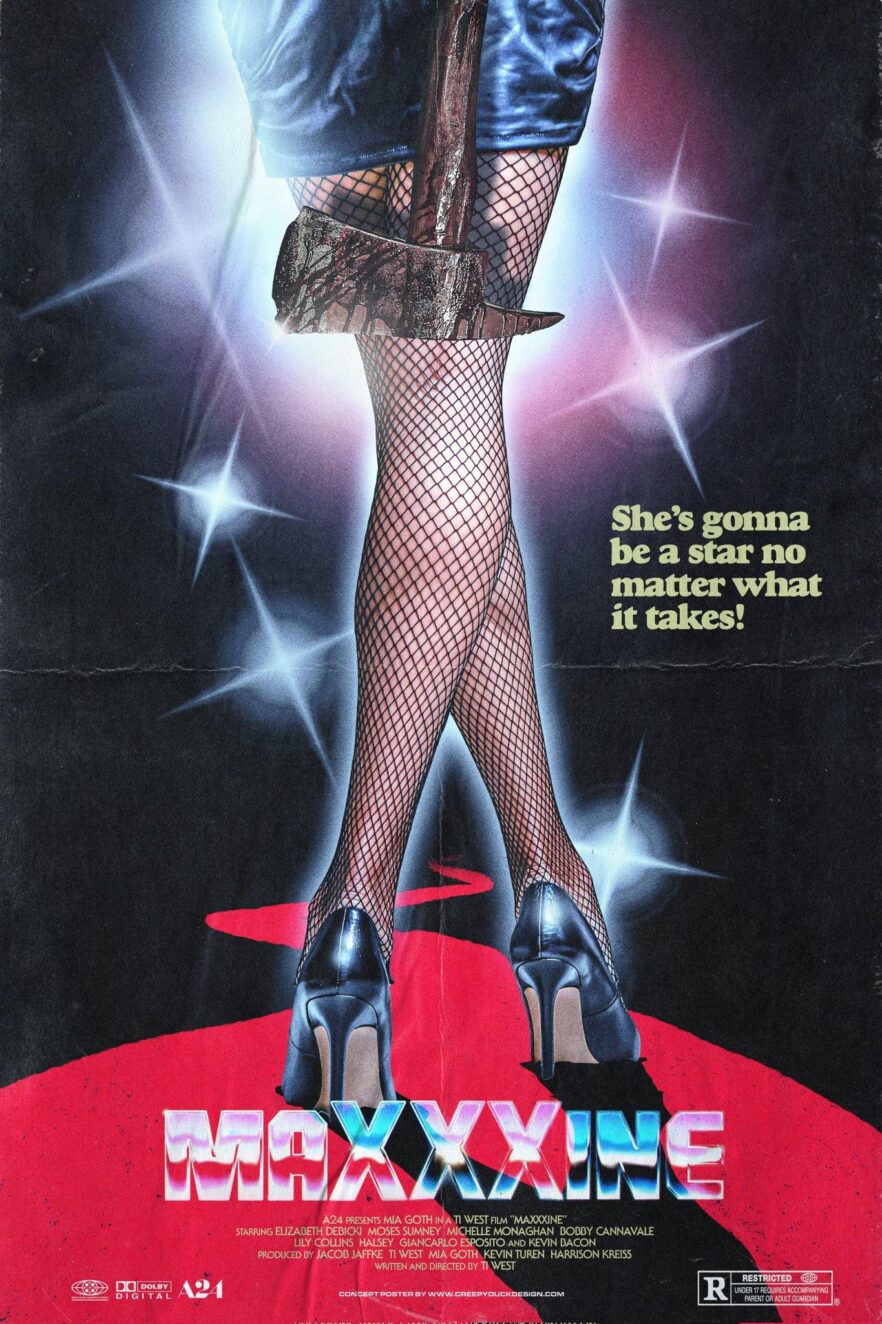
Listen to the 'Eye On Horror Podcast'
News
Netflix Releases First BTS ‘Fear Street: Prom Queen’ Footage

It’s been three long years since Netflix unleashed the bloody, but enjoyable Fear Street on its platform. Released in a tryptic fashion, the streamer broke up the story into three episodes, each taking place in a different decade which by the finale were all tied together.
Now, the streamer is in production for its sequel Fear Street: Prom Queen which brings the story into the 80s. Netflix gives a synopsis of what to expect from Prom Queen on their blog site Tudum:
“Welcome back to Shadyside. In this next installment of the blood-soaked Fear Street franchise, prom season at Shadyside High is underway and the school’s wolfpack of It Girls is busy with its usual sweet and vicious campaigns for the crown. But when a gutsy outsider is unexpectedly nominated to the court, and the other girls start mysteriously disappearing, the class of ’88 is suddenly in for one hell of a prom night.”
Based on R.L. Stine’s massive series of Fear Street novels and spin-offs, this chapter is number 15 in the series and was published in 1992.
FEAR STREET: PROM QUEEN IS NOW IN PRODUCTION 🩸 Welcome to Shadyside High. We're gonna have a killer time. pic.twitter.com/jDl0zRa2CH
— Netflix (@netflix) April 30, 2024
Fear Street: Prom Queen features a killer ensemble cast, including India Fowler (The Nevers, Insomnia), Suzanna Son (Red Rocket, The Idol), Fina Strazza (Paper Girls, Above the Shadows), David Iacono (The Summer I Turned Pretty, Cinnamon), Ella Rubin (The Idea of You), Chris Klein (Sweet Magnolias, American Pie), Lili Taylor (Outer Range, Manhunt) and Katherine Waterston (The End We Start From, Perry Mason).

No word on when Netflix will drop the series into its catalog.
Listen to the 'Eye On Horror Podcast'
News
Live Action Scooby-Doo Reboot Series In Works at Netflix

The ghosthunting Great Dane with an anxiety problem, Scooby-Doo, is getting a reboot and Netflix is picking up the tab. Variety is reporting that the iconic show is becoming an hour-long series for the streamer although no details have been confirmed. In fact, Netflix execs declined to comment.

If the project is a go, this would be the first live-action movie based on the Hanna-Barbera cartoon since 2018’s Daphne & Velma. Before that, there were two theatrical live-action movies, Scooby-Doo (2002) and Scooby-Doo 2: Monsters Unleashed (2004), then two sequels that premiered on The Cartoon Network.
Currently, the adult-oriented Velma is streaming on Max.
Scooby-Doo originated in 1969 under the creative team Hanna-Barbera. The cartoon follows a group of teenagers who investigate supernatural happenings. Known as Mystery Inc., the crew consists of Fred Jones, Daphne Blake, Velma Dinkley, and Shaggy Rogers, and his best friend, a talking dog named Scooby-Doo.

Normally the episodes revealed the hauntings they encountered were hoaxes developed by land-owners or other nefarious characters hoping to scare people away from their properties. The original TV series named Scooby-Doo, Where Are You! ran from 1969 to 1986. It was so successful that movie stars and pop culture icons would make guest appearances as themselves in the series.
Celebrities such as Sonny & Cher, KISS, Don Knotts, and The Harlem Globetrotters made cameos as did Vincent Price who portrayed Vincent Van Ghoul in a few episodes.
Listen to the 'Eye On Horror Podcast'
-
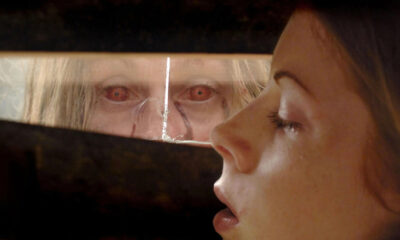
 Movies6 days ago
Movies6 days ago’28 Years Later’ Trilogy Taking Shape With Serious Star Power
-
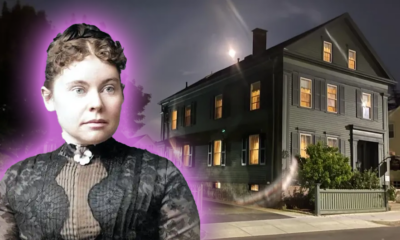
 News6 days ago
News6 days agoWin a Stay at The Lizzie Borden House From Spirit Halloween
-

 Movies7 days ago
Movies7 days ago‘Longlegs’ Creepy “Part 2” Teaser Appears on Instagram
-
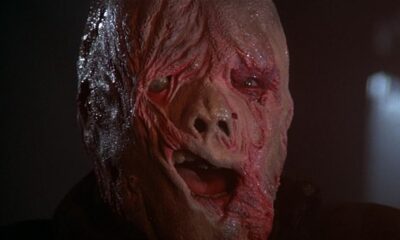
 News7 days ago
News7 days agoWatch ‘The Burning’ At The Location Where It Was Filmed
-
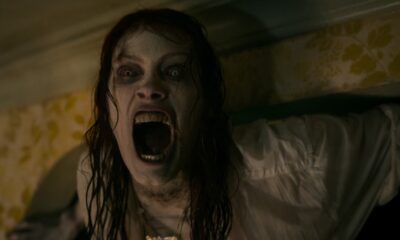
 Movies5 days ago
Movies5 days ago‘Evil Dead’ Film Franchise Getting TWO New Installments
-
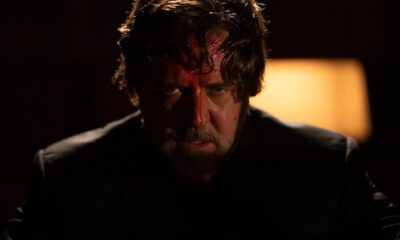
 Movies6 days ago
Movies6 days agoTrailer for ‘The Exorcism’ Has Russell Crowe Possessed
-

 News7 days ago
News7 days ago‘Blink Twice’ Trailer Presents a Thrilling Mystery in Paradise
-
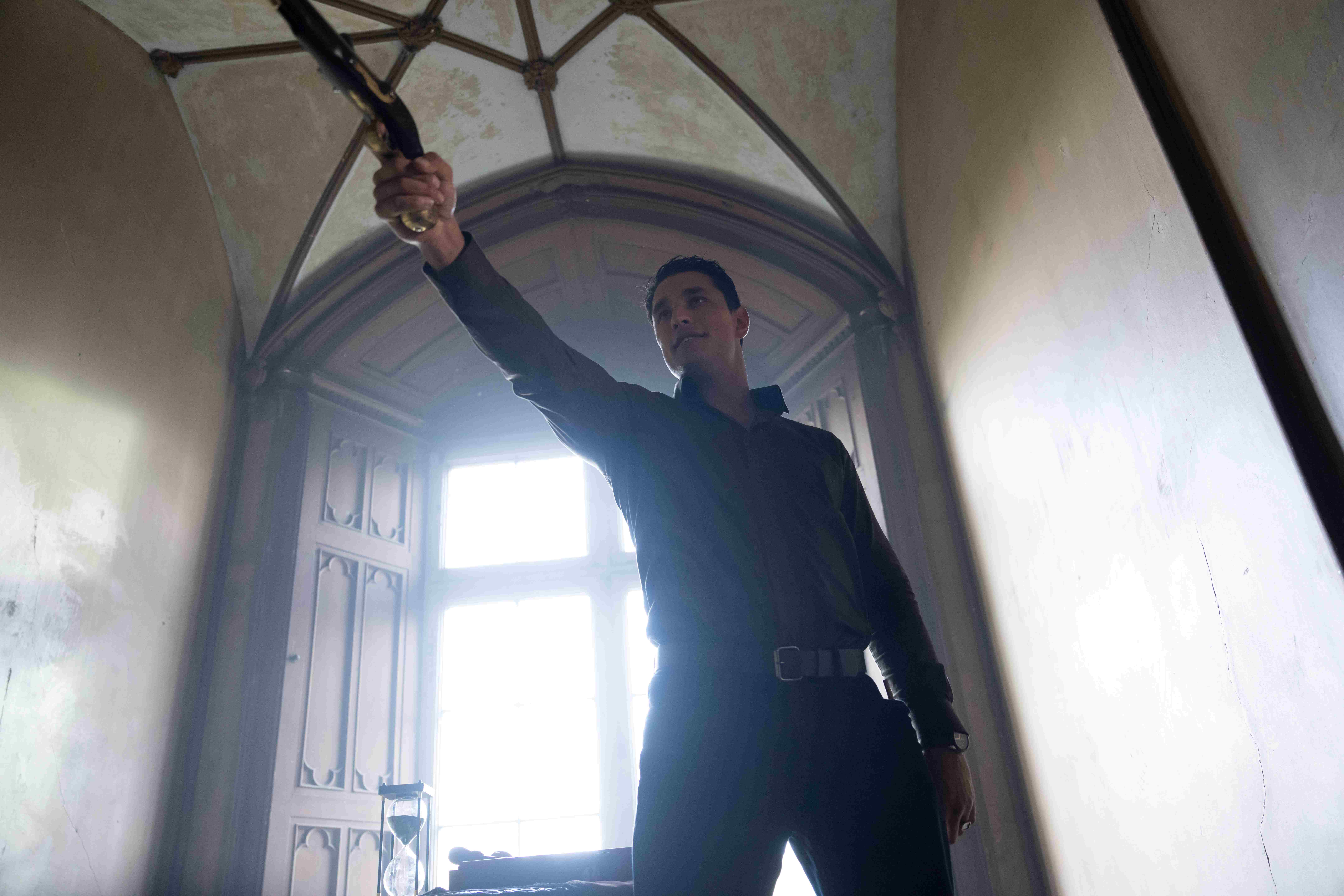
 News7 days ago
News7 days agoExclusive Sneak Peek: Eli Roth and Crypt TV’s VR Series ‘The Faceless Lady’ Episode Five

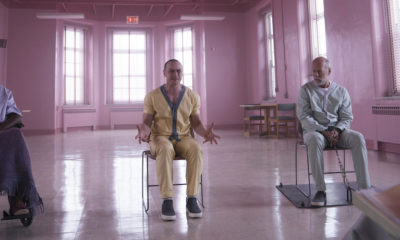

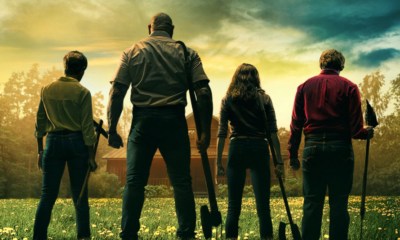



















You must be logged in to post a comment Login